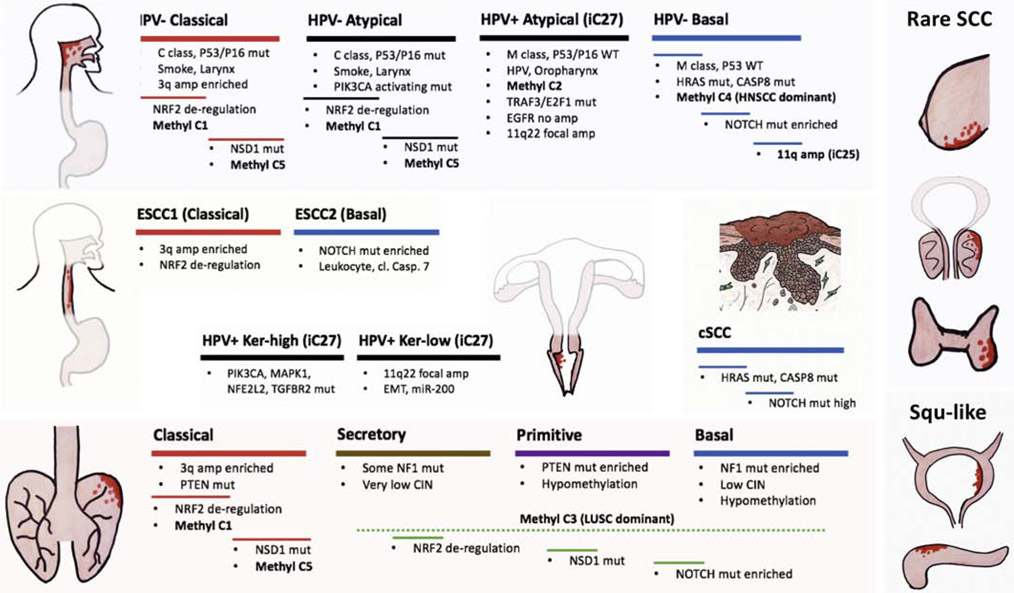Figure 1. Molecular convergence in squamous cell carcinomas (SCCs) across organ sites.
SCCs occur frequently in head and neck (HNSCC), lung (LSCC), esophagus (ESCC), uterine cervix (CxSCC), and the skin (cSCC). Bladder and pancreas cancers have subgroups deemed squamous like carcinomas. Other organ sites develop rare SCCs including the breast, prostate, and thyroid. Based on integrative molecular analysis, HNSCCs, LSCCs, ESCCs and CxSCCs are divided into subtypes based on transcriptional signatures, each subgroup with distinct genomic alterations associated. Classical and basal subtypes are shared across SCCs. Not depicted here are mesenchymal subgroup of HNSCCs and ESCC3 subgroup of ESCCs.

